Home>Garden Essentials>How To Get Basil Seeds From Plant
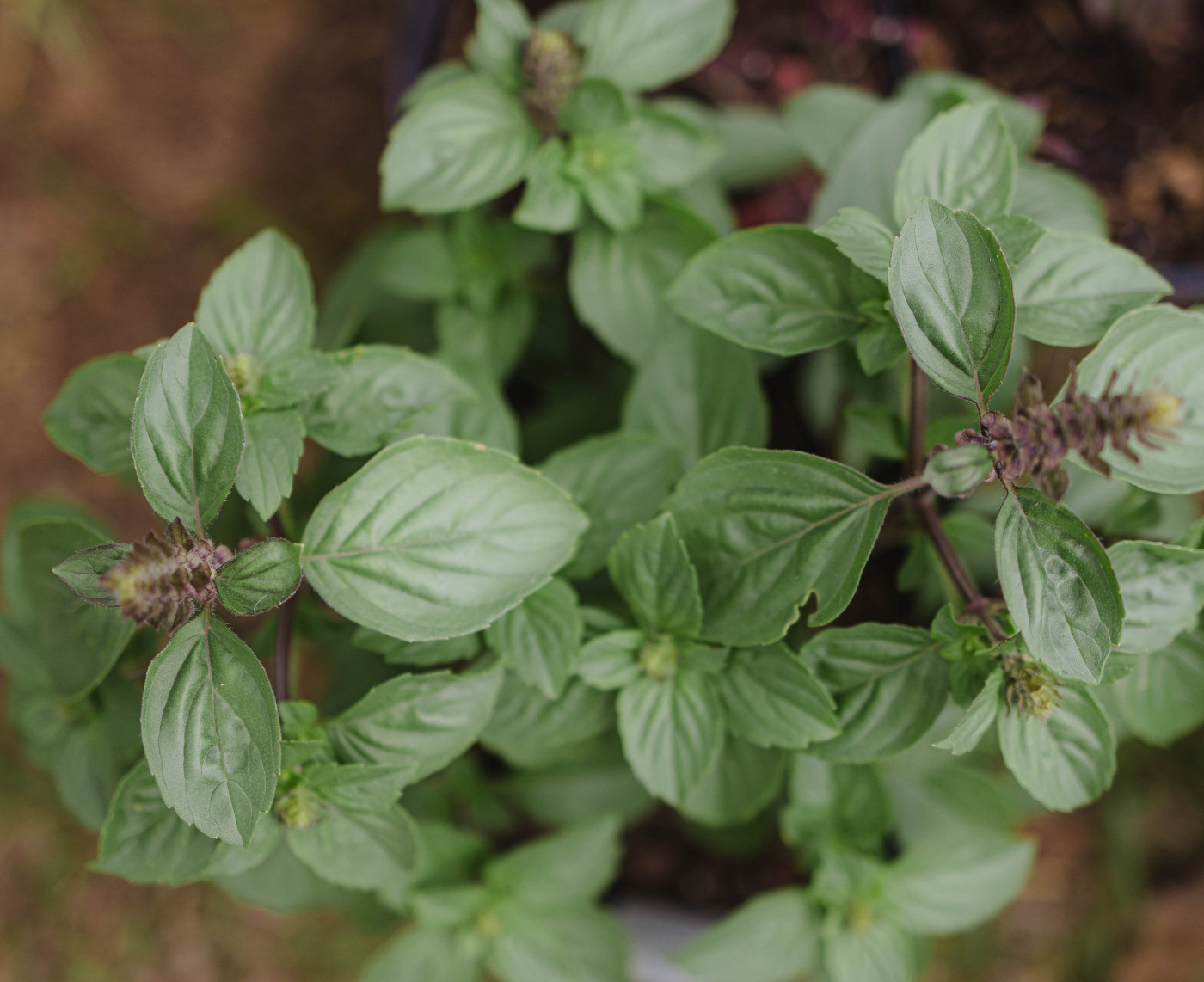

Garden Essentials
How To Get Basil Seeds From Plant
Modified: October 18, 2024
Learn how to harvest basil seeds from your garden plants and enjoy the benefits of this nutritious and versatile ingredient. Get step-by-step instructions and tips from gardening experts.
(Many of the links in this article redirect to a specific reviewed product. Your purchase of these products through affiliate links helps to generate commission for Storables.com, at no extra cost. Learn more)
Introduction
Welcome to our comprehensive guide on how to get basil seeds from plants. Basil, scientifically known as Ocimum basilicum, is a popular herb used in various culinary dishes for its distinct flavor and aroma. While basil leaves are commonly used in cooking, the seeds of this versatile plant have gained recognition for their numerous health benefits.
In this article, we will explore what basil seeds are, the benefits they offer, and provide you with a step-by-step guide on how to harvest and store basil seeds. We will also share some creative ways to incorporate basil seeds into your favorite recipes.
Whether you’re an avid gardener looking to expand your seed collection or a health-conscious individual interested in adding a new superfood to your diet, learning how to extract basil seeds from plants is a valuable skill.
So, let’s dive in and discover everything you need to know about basil seeds!
Key Takeaways:
- Harvesting basil seeds from plants is a fun and rewarding process that provides a fresh supply for future planting or adding to delicious recipes. Remember to wait for the plant to flower and store the seeds properly for best results.
- Basil seeds are not only nutritious but also versatile in the kitchen. They can be used to create refreshing drinks, healthy puddings, and even add a delightful crunch to fruit salads and baked goods.
Read more: How To Plant Basil From Seeds
What are Basil Seeds?
Basil seeds, also known as Sabja or Tukmaria seeds, are tiny black seeds that come from the flowering basil plant. While the leaves of the basil plant are widely recognized for their culinary uses, the seeds hold a unique set of properties that make them increasingly popular in the health and wellness industry.
Basil seeds have a gelatinous texture when soaked in water, similar to chia seeds, and are often used as a natural thickening agent in recipes. They have a mild, nutty flavor that complements a variety of dishes, making them a versatile addition to your pantry.
These seeds are a rich source of essential nutrients including fiber, protein, carbohydrates, and healthy fats. They also contain essential vitamins and minerals such as calcium, magnesium, iron, and potassium.
In addition to their nutritional value, basil seeds are believed to possess various health benefits. They are known for their antioxidant, anti-inflammatory, and antimicrobial properties, which can contribute to overall wellness and support a healthy immune system.
Moreover, basil seeds have been traditionally used in Ayurvedic and Chinese medicine for their cooling effects on the body. They are believed to aid in digestion, promote hydration, and even alleviate stress and anxiety.
Overall, basil seeds are a powerhouse of nutrients and health-promoting properties, making them a valuable addition to your diet.
Benefits of Basil Seeds
Basil seeds come with a range of benefits that make them a valuable addition to a healthy diet. Let’s explore some of the key benefits:
- Rich in Nutrients: Basil seeds are packed with essential nutrients, including fiber, protein, carbohydrates, and healthy fats. They also contain important vitamins and minerals like calcium, magnesium, iron, and potassium.
- Aids in Digestion: The high fiber content in basil seeds can help promote healthy digestion and prevent constipation. When soaked in water, the seeds form a gel-like substance that can provide relief from digestive discomfort.
- Supports Weight Loss: Due to their high fiber content, basil seeds can help you feel fuller for longer, reducing your overall calorie intake. They can also help regulate blood sugar levels and prevent unhealthy snacking between meals.
- Hydration and Cooling Effects: Basil seeds have cooling properties, making them a popular choice during hot summer months. Soaked basil seeds can help keep the body hydrated and provide a refreshing feeling.
- Antioxidant Powerhouse: Basil seeds are rich in antioxidants that help protect the body against damage from free radicals. These antioxidants can contribute to better overall health and reduce the risk of chronic diseases.
- Anti-Inflammatory Properties: The compounds found in basil seeds have anti-inflammatory effects, which can help reduce inflammation in the body and alleviate symptoms of inflammatory conditions such as arthritis.
- Promotes Healthy Skin and Hair: The nutrients present in basil seeds, including vitamins and minerals, contribute to healthier skin and hair. They can improve the texture and appearance of your skin and strengthen your hair follicles.
It’s important to note that while basil seeds offer numerous health benefits, they should be consumed as part of a balanced diet and in moderation. It’s always wise to consult with a healthcare professional or nutritionist before making significant dietary changes.
When and How to Harvest Basil Seeds
Harvesting basil seeds is an exciting process that allows you to collect seeds from your own basil plants for future planting or culinary use. Here’s a guide on when and how to harvest basil seeds:
When to Harvest Basil Seeds:
The best time to harvest basil seeds is when the plant has finished flowering and the seed heads have turned brown. This usually happens towards the end of the growing season, typically in late summer or early fall. It’s important to allow the basil plant to flower and complete its natural life cycle before harvesting the seeds.
How to Harvest Basil Seeds:
- Observe the basil plant: Once the basil plant has finished flowering, observe the seed heads closely. The seed heads are small clusters of flowers that have dried up and turned brown.
- Prepare a collection container: Place a clean, dry container beneath the seed heads to catch the falling seeds. An envelope or a paper bag works well for this purpose.
- Gently rub the seed heads: Use your fingertips to gently rub the seed heads over the collection container. This will cause the seeds to fall out of the husk and into the container.
- Separate the chaff: After rubbing the seed heads, you’ll notice that there is some chaff mixed with the seeds. You can remove the larger pieces of chaff by hand or use a mesh sieve to separate the seeds from the remaining plant matter.
- Store the seeds: Once you’ve separated the seeds from the chaff, transfer them to a dry, airtight container. It’s important to store basil seeds in a cool, dark place to maintain their freshness and viability.
By following these steps, you can successfully harvest basil seeds from your plants and enjoy the satisfaction of growing your own basil crop or using the seeds in your culinary endeavors.
To get basil seeds from a plant, allow the flowers to dry on the plant. Once dry, gently shake the plant to release the seeds. Collect the seeds and store them in a cool, dry place for future planting.
Step-by-step Guide to Getting Basil Seeds
Harvesting basil seeds is a rewarding process that allows you to collect seeds for future planting or culinary use. Follow this step-by-step guide to get basil seeds from your plants:
- Allow the basil plant to flower: Let your basil plant grow and develop flowers. This is an important step in the seed production process. Be patient and wait for the plant to naturally progress through its life cycle.
- Observe the seed heads: Once the basil plant has produced flowers, you’ll notice small seed heads forming. These seed heads are clusters of dried flowers and will contain the basil seeds you’re after. Wait until the seed heads turn brown and dry up before proceeding to the next step.
- Prepare for seed collection: Place a clean, dry container beneath the basil plant to collect the falling seeds. This can be a paper bag, envelope, or any other suitable container that can hold the seeds. Position it right below the seed heads to catch the seeds as they are released.
- Rub the seed heads: Gently rub the seed heads between your fingers or palms over the collection container. This will cause the seeds to fall out of the dried flowers and into the container. Be careful not to apply too much pressure, as you don’t want to crush the seeds.
- Separate the seeds from the chaff: After rubbing the seed heads, you’ll notice that there may be some plant matter mixed with the seeds. Use your fingers or a mesh sieve to separate the seeds from any remaining chaff or debris. This will ensure that you collect clean and viable seeds.
- Store the seeds: Transfer the cleaned basil seeds to a dry, airtight container. Ensure that the container is labeled with the name and date of the harvested seeds. Store the container in a cool, dark place away from moisture and direct sunlight. This will help maintain the freshness and viability of the seeds for future use.
By following these steps, you can successfully harvest basil seeds from your plants and start building your seed collection or use the seeds in various culinary applications. Remember to allow the basil plant to flower, collect the dried seed heads, and separate the seeds from the chaff for the best results.
Read more: How To Get Seeds From Plants
Storing Basil Seeds
Properly storing basil seeds is essential to maintain their viability and ensure that they remain usable for future planting or culinary purposes. Follow these guidelines to store basil seeds effectively:
- Dry the seeds: Before storing basil seeds, it’s crucial to ensure they are completely dry. Spread the harvested seeds in a single layer on a clean, dry surface. Allow them to air dry for about a week, ensuring they are fully dry before proceeding to the next step.
- Choose a suitable container: Select a dry, airtight container for storing the basil seeds. Options include glass jars, plastic containers, or sealed envelopes. Make sure the container is clean, dry, and free from any moisture or contaminants.
- Label the container: Clearly label the container with the name and variety of the basil seeds and the date of harvesting. This will help you keep track of the seeds and ensure you’re using the freshest ones for planting or cooking.
- Store in a cool, dark place: Basil seeds should be stored in a cool, dark location to maintain their freshness and viability. Excessive heat and exposure to sunlight can decrease their germination rate. A pantry or a cupboard away from direct sunlight is an ideal storage spot.
- Avoid moisture: Moisture can cause basil seeds to degrade or become moldy. Keep the storage container in a dry environment and avoid any exposure to dampness or humidity.
- Check for viability: Over time, the viability of stored seeds may decrease. To ensure that the basil seeds are still viable before planting, perform a germination test. Place a few seeds on a damp paper towel and keep them in a warm place. If most of the seeds sprout within a week or two, it indicates good viability.
- Rotate and refresh: Basil seeds can store well for several years if properly stored. However, to ensure optimal germination rates, it’s a good practice to rotate your seed collection, using the oldest seeds first. Additionally, refresh your seed supply periodically by collecting new seeds.
By following these storage guidelines, you can preserve the quality and viability of your basil seeds for an extended period. This will allow you to enjoy the benefits of basil plants and have a continuous supply of fresh basil for your gardening and culinary needs.
Using Basil Seeds in Recipes
Basil seeds aren’t just nutritious; they also add a unique texture and flavor to a variety of recipes. Here are some creative ways to incorporate basil seeds into your culinary creations:
- Refreshing Drinks: Add soaked basil seeds to your favorite beverages for a refreshing twist. They work well in fruit juices, smoothies, lemonades, and even mocktails. The seeds will absorb the liquid and develop a gel-like texture, creating a fun and visually appealing drink.
- Chia Seed Pudding Alternative: Replace chia seeds with basil seeds to make a delicious and nutritious pudding. Soak the basil seeds in coconut milk or almond milk, sweeten to taste, and refrigerate until the mixture thickens. Enjoy it as a healthy dessert or a satisfying breakfast option.
- Fruit Salads: Sprinkle basil seeds over fruit salads to add a delightful crunch and subtle basil flavor. Whether you’re enjoying a simple fruit medley or a more elaborate salad, the addition of basil seeds will take it to a whole new level.
- Baking Delights: Add basil seeds to bread, muffin, or cookie recipes for a delightful twist. The seeds will impart a unique texture and a hint of basil flavor to your baked goods. They work well in both sweet and savory recipes.
- Yogurt Toppings: Sprinkle basil seeds over yogurt parfaits to add a crunchy element. The mild flavor of the seeds pairs well with the creamy yogurt, creating a delicious and nutritious snack or breakfast option.
- Dressings and Sauces: Incorporate basil seeds into homemade dressings and sauces for added texture and visual appeal. They can provide a thickening effect, similar to the way chia seeds are used, creating a luscious consistency.
- Ice Cream and Sorbets: Surprise your taste buds by adding basil seeds to homemade ice cream or sorbet recipes. The seeds will add a pleasant pop and contrasting texture to these frozen treats.
Remember to soak the basil seeds before using them in recipes to achieve their gelatinous texture. You can soak them in water or any liquid of your choice, such as fruit juice or milk. Allow the seeds to sit in the liquid for about 10-15 minutes, or until they become jelly-like.
Get creative and experiment with different recipes to discover your favorite ways to incorporate basil seeds. They add a nutritious twist and a delightful crunch to a wide range of dishes.
Conclusion
Basil seeds are not only a popular culinary herb but also a valuable source of nutrition and health benefits. Learning how to harvest and use basil seeds opens up a world of possibilities in terms of enhancing flavor, texture, and nutritional value in your dishes.
In this comprehensive guide, we’ve explored what basil seeds are and their numerous benefits. We’ve provided step-by-step instructions on how to harvest basil seeds from plants, ensuring you can enjoy a bountiful seed collection for future planting or culinary use.
Additionally, we’ve discussed the importance of properly storing basil seeds to maintain their viability and freshness. By following the guidelines outlined, you can ensure your basil seeds remain usable for years to come.
Lastly, we’ve offered creative suggestions on how to incorporate basil seeds into various recipes, from refreshing beverages to baked goods and beyond. With their subtle basil flavor and unique gelatinous texture, basil seeds can add a delightful twist to your favorite dishes while boosting their nutritional content.
Remember, as you explore the world of basil seeds, always prioritize quality and freshness. Regularly rotate your seed collection, perform germination tests, and refresh your supply to ensure optimal results.
So why not start experimenting with basil seeds today? Harness their nutritional power and culinary versatility to elevate your dishes and embark on a journey of garden-to-table goodness.
Happy harvesting and happy cooking!
Frequently Asked Questions about How To Get Basil Seeds From Plant
Was this page helpful?
At Storables.com, we guarantee accurate and reliable information. Our content, validated by Expert Board Contributors, is crafted following stringent Editorial Policies. We're committed to providing you with well-researched, expert-backed insights for all your informational needs.
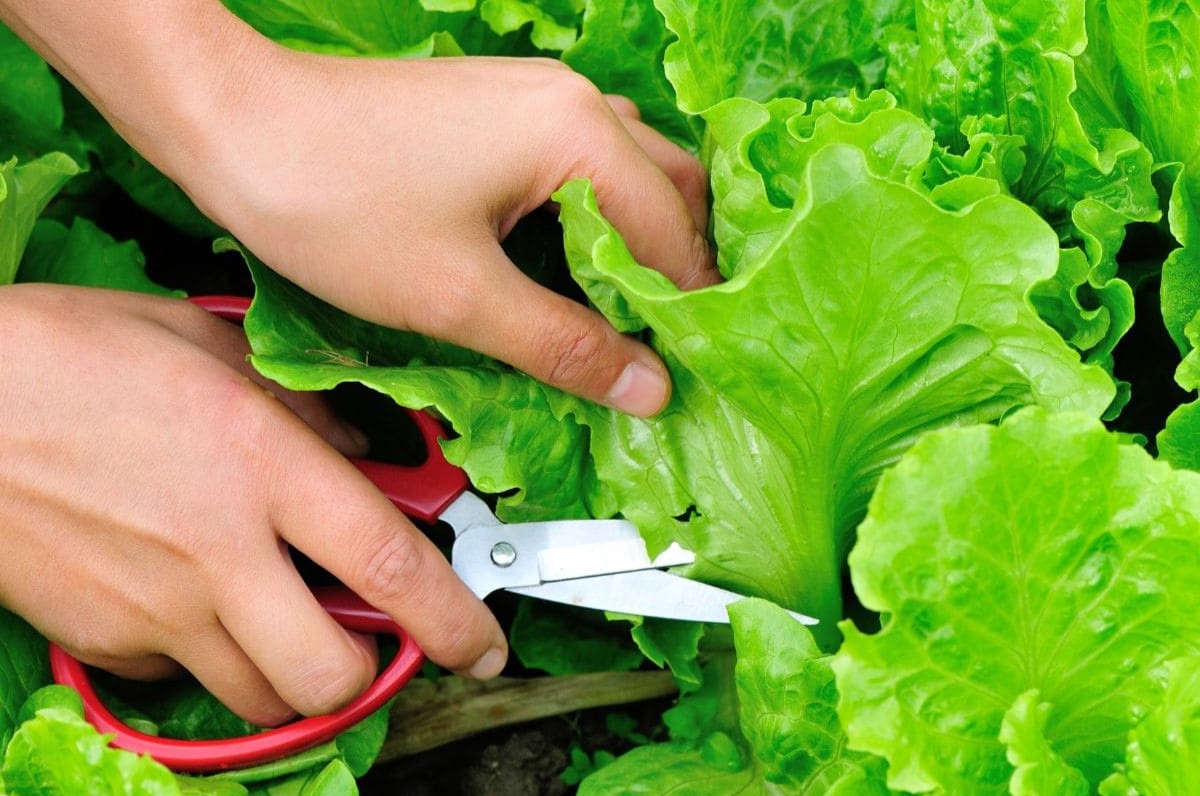
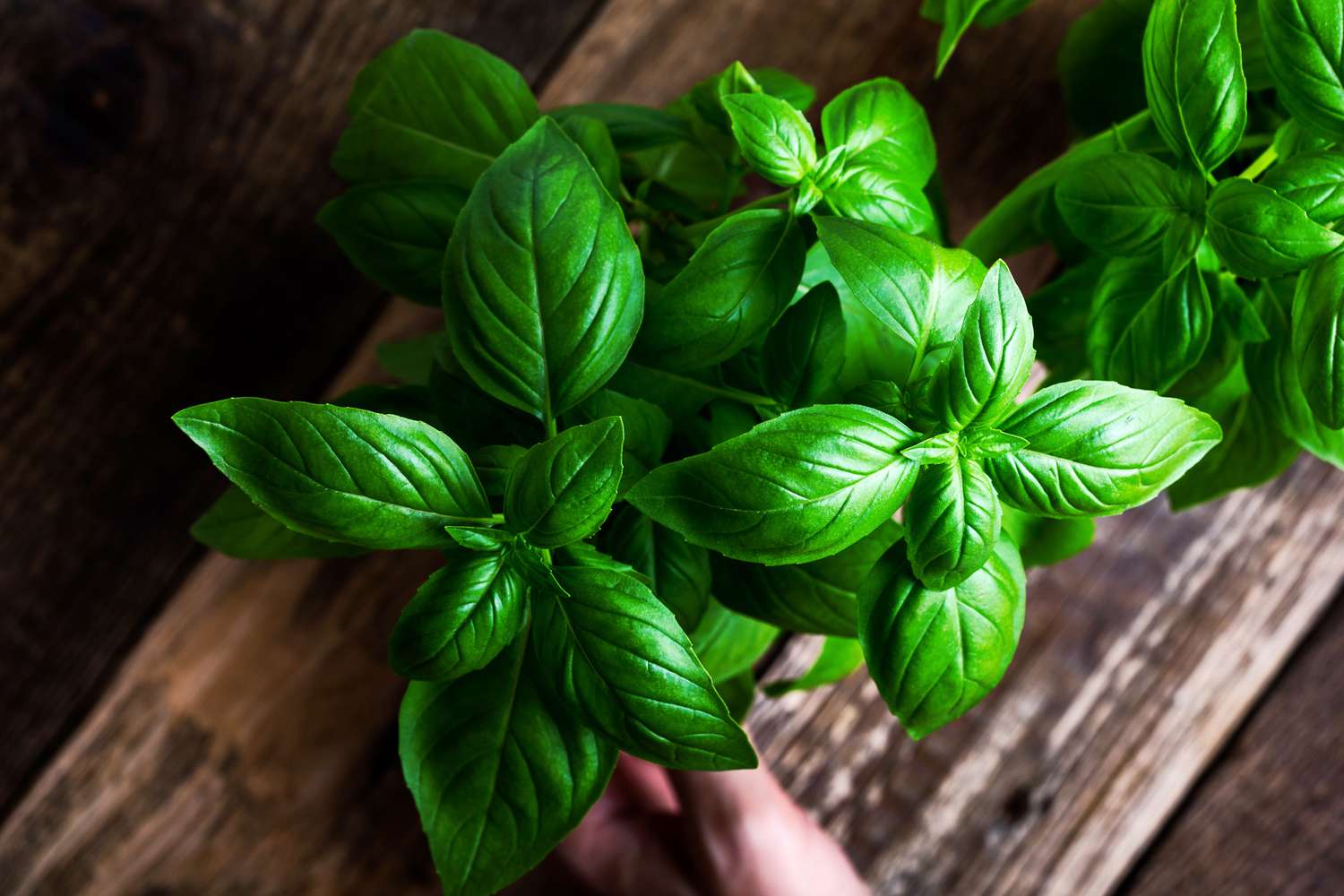
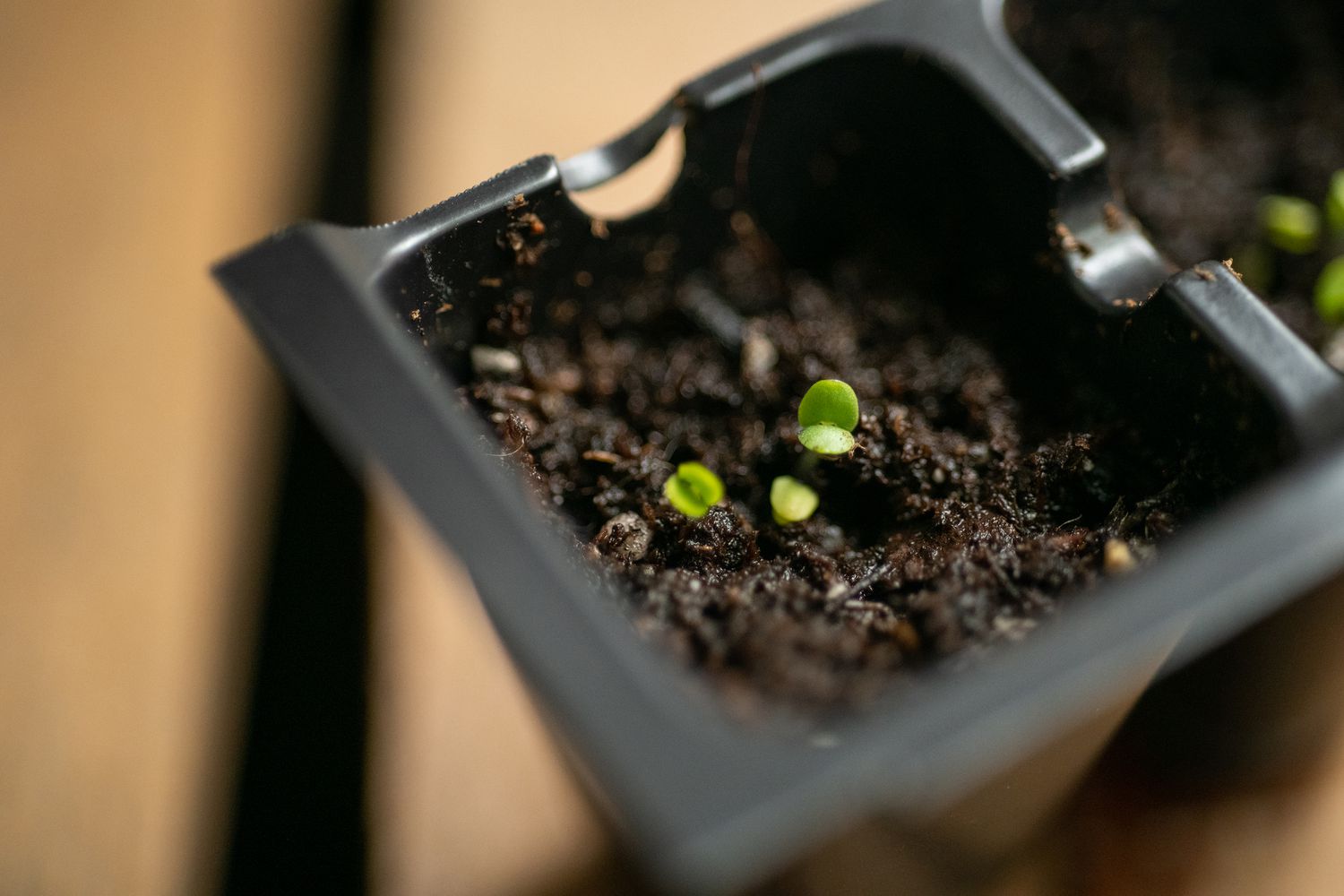
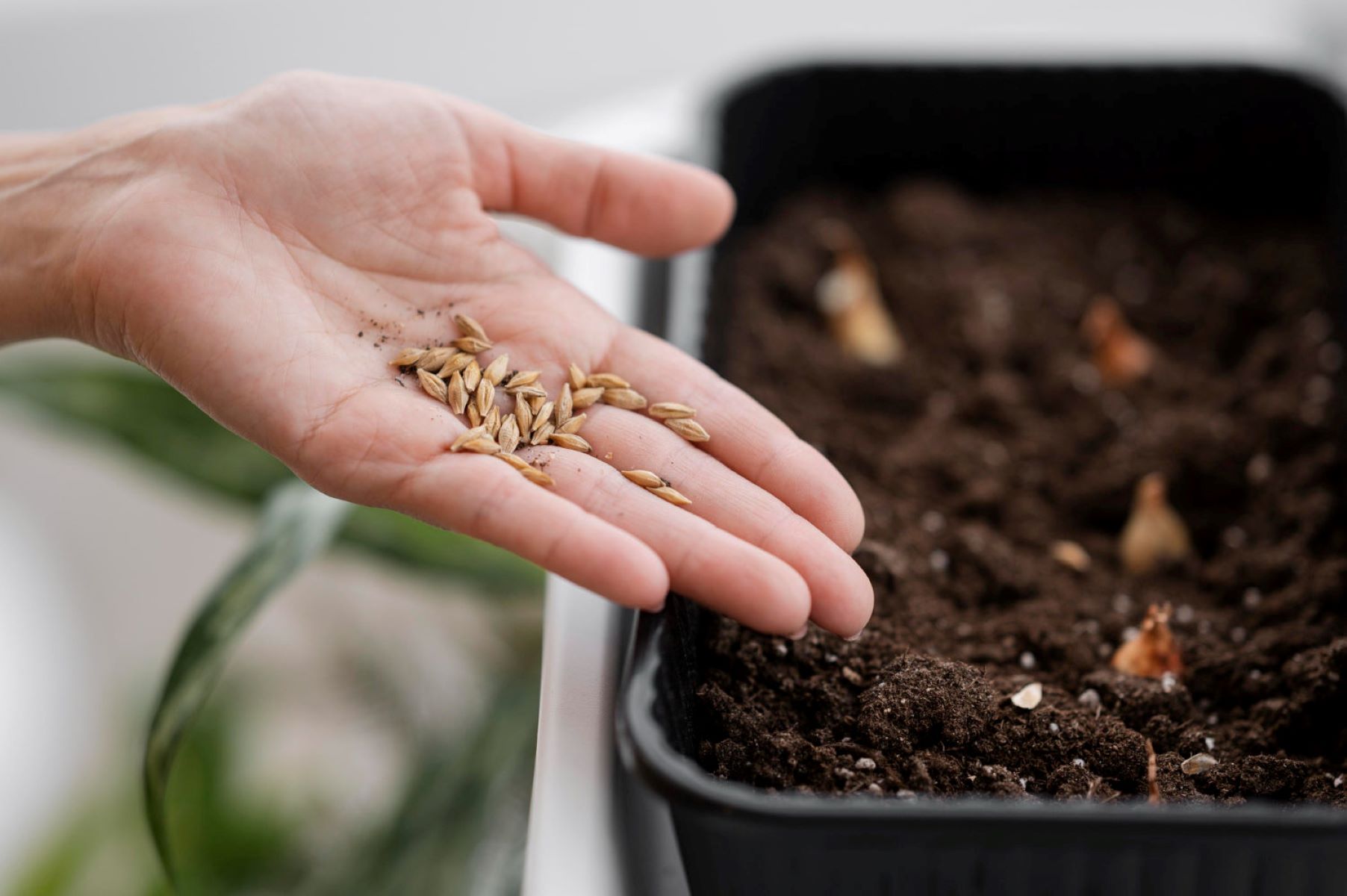
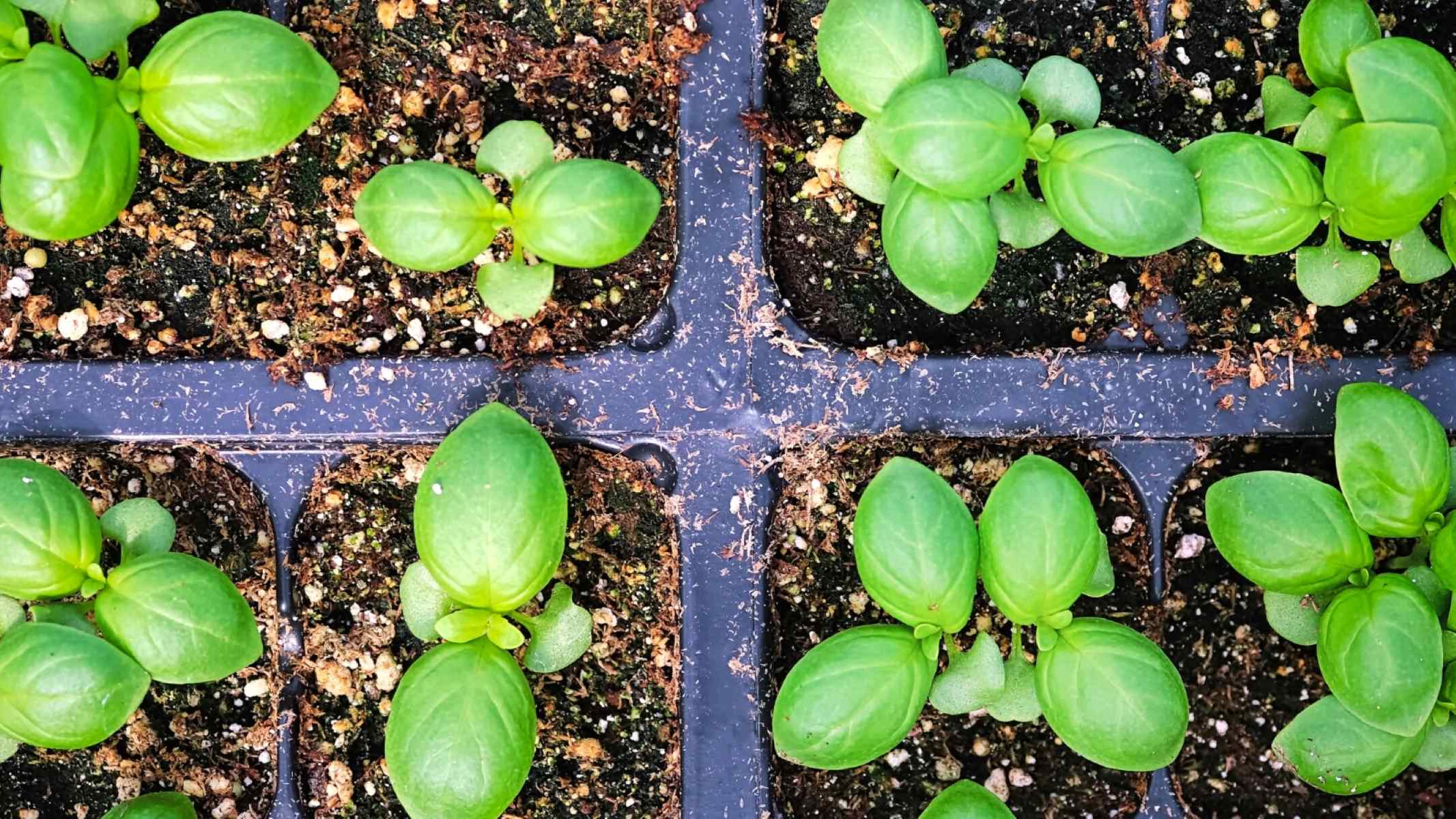
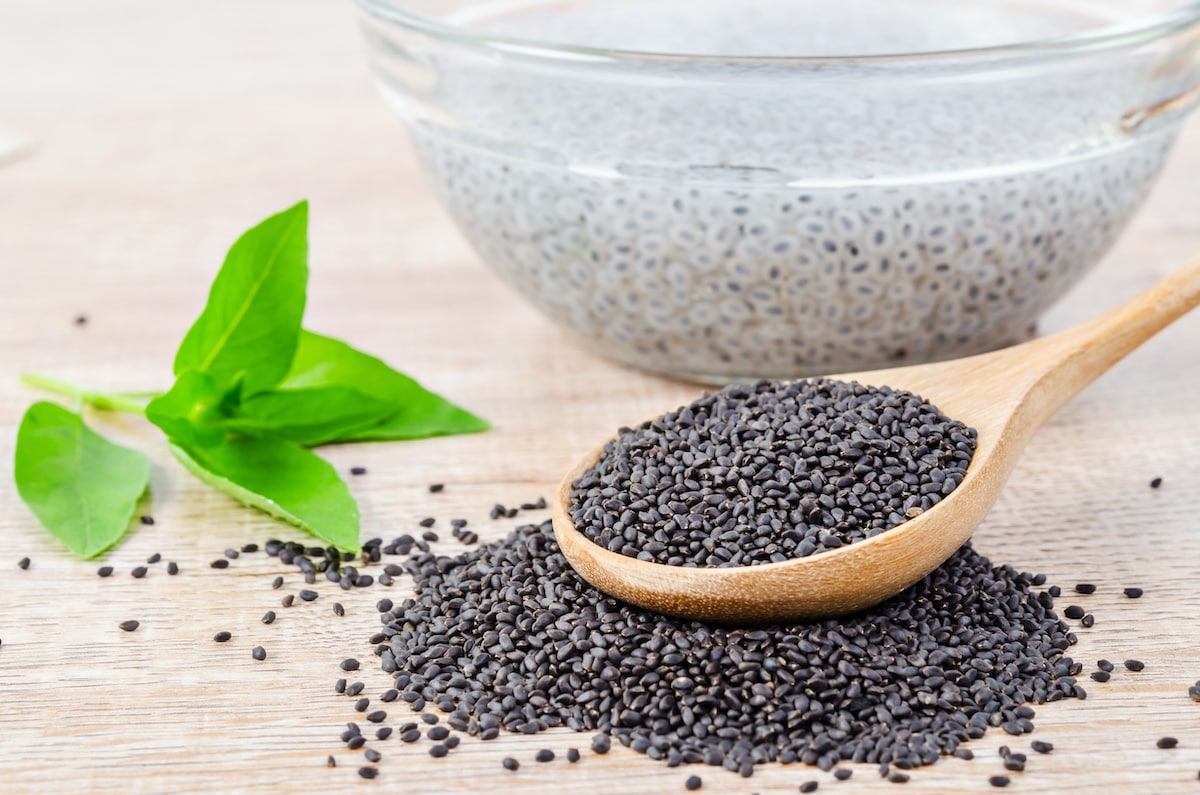
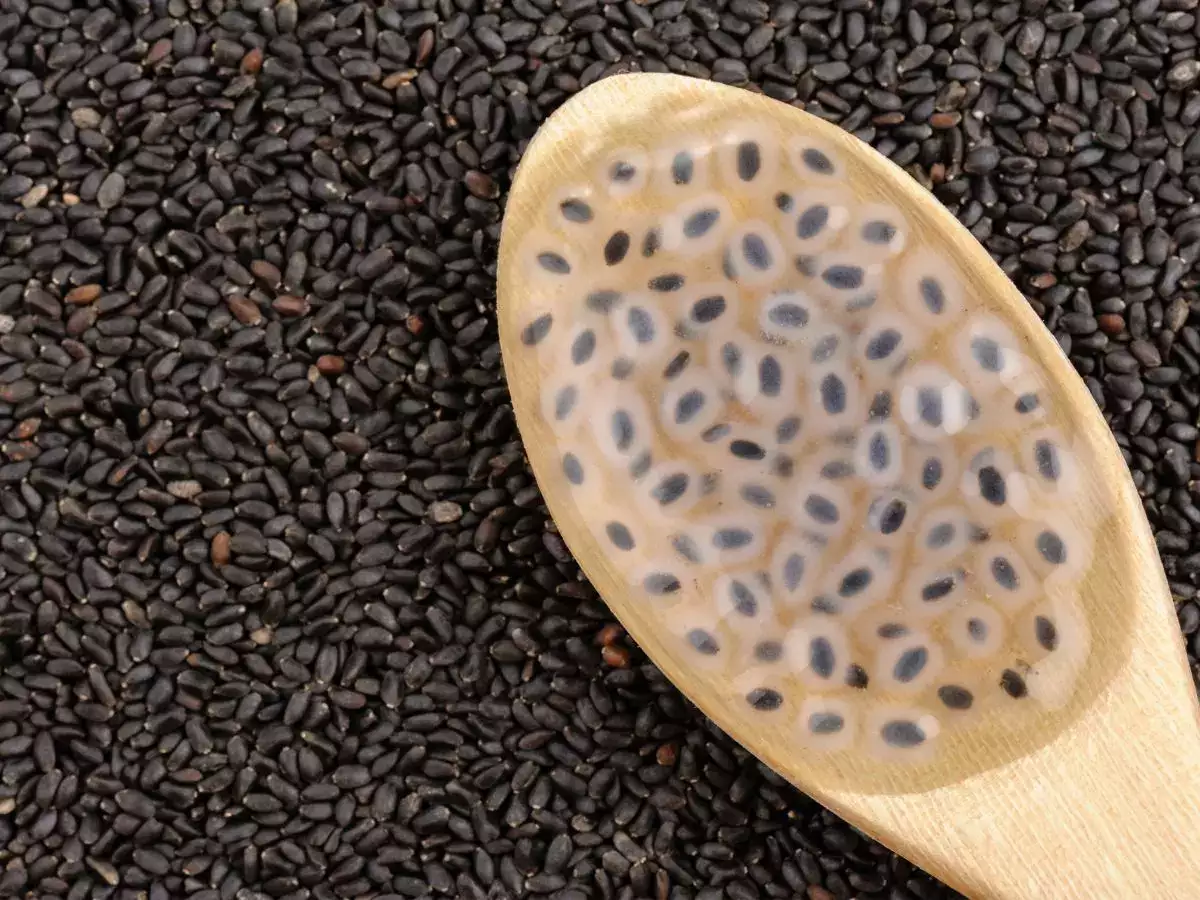
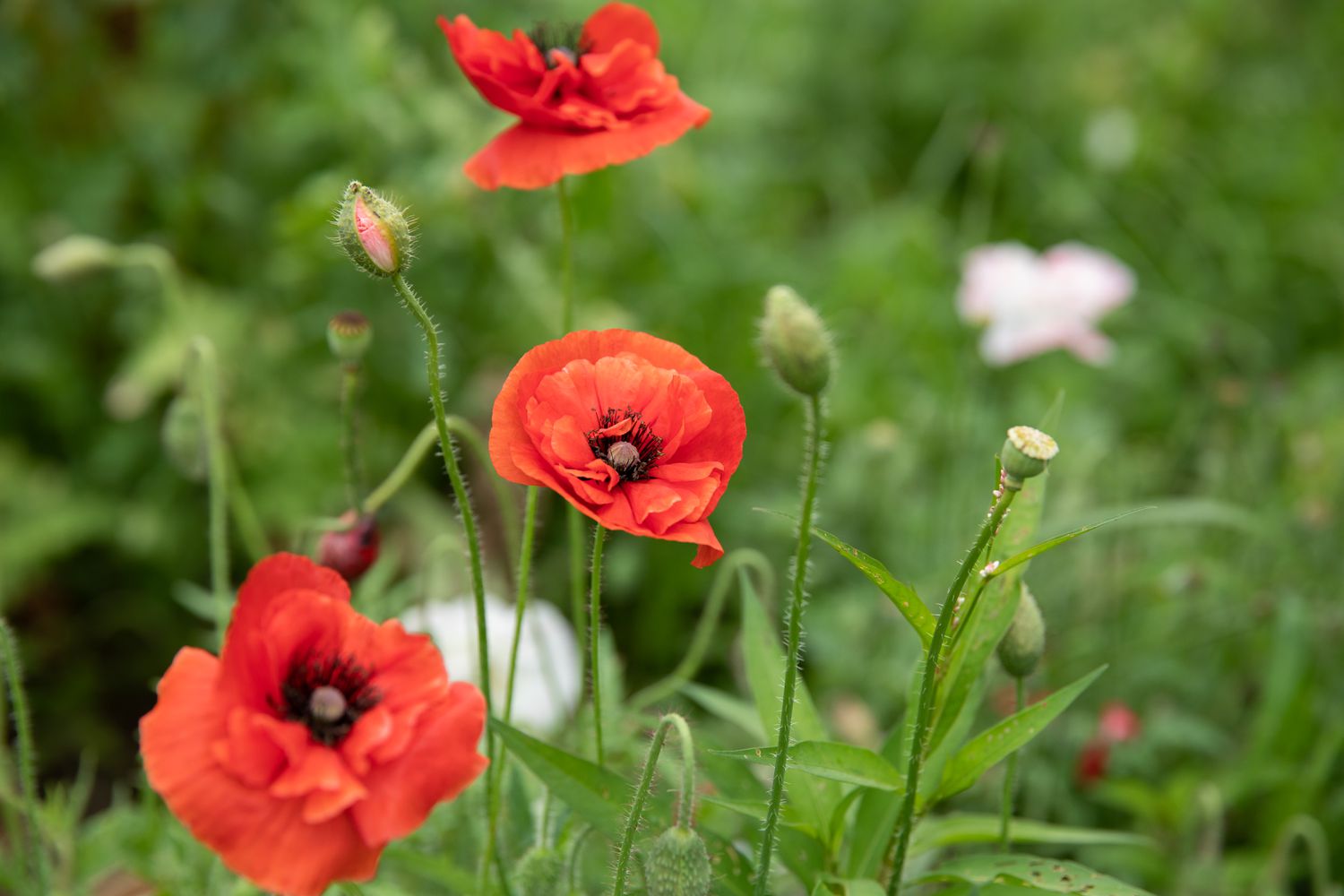
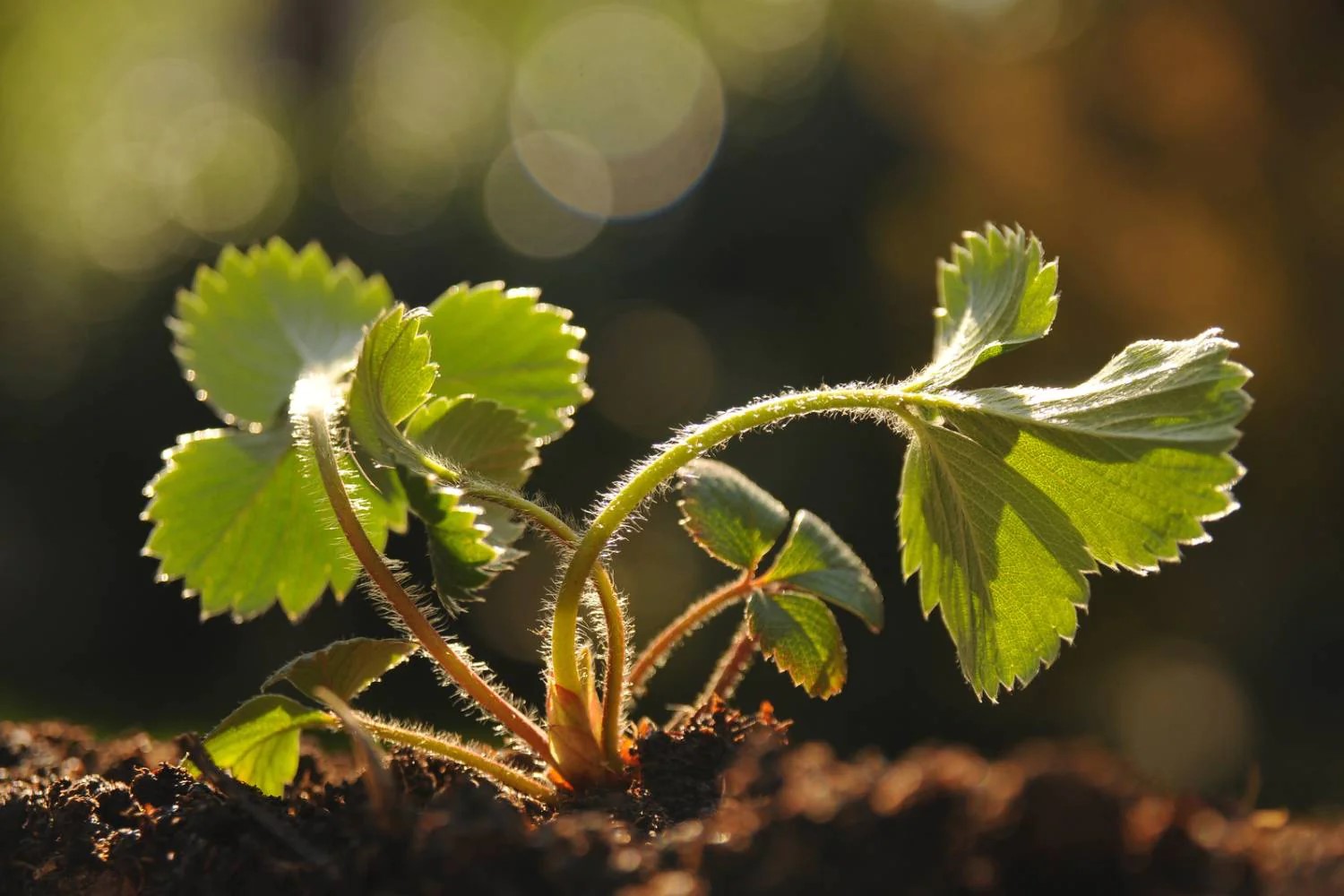
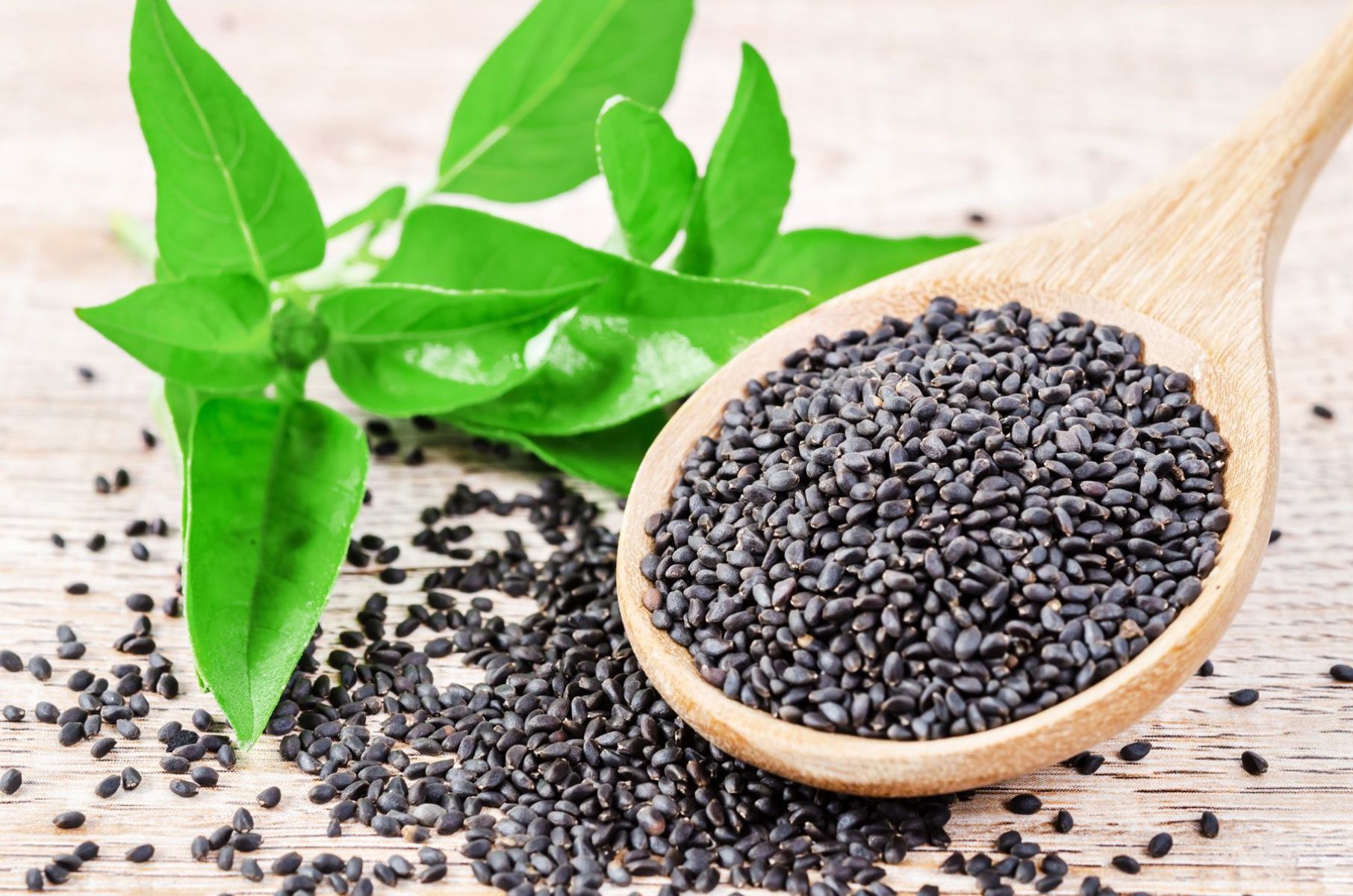
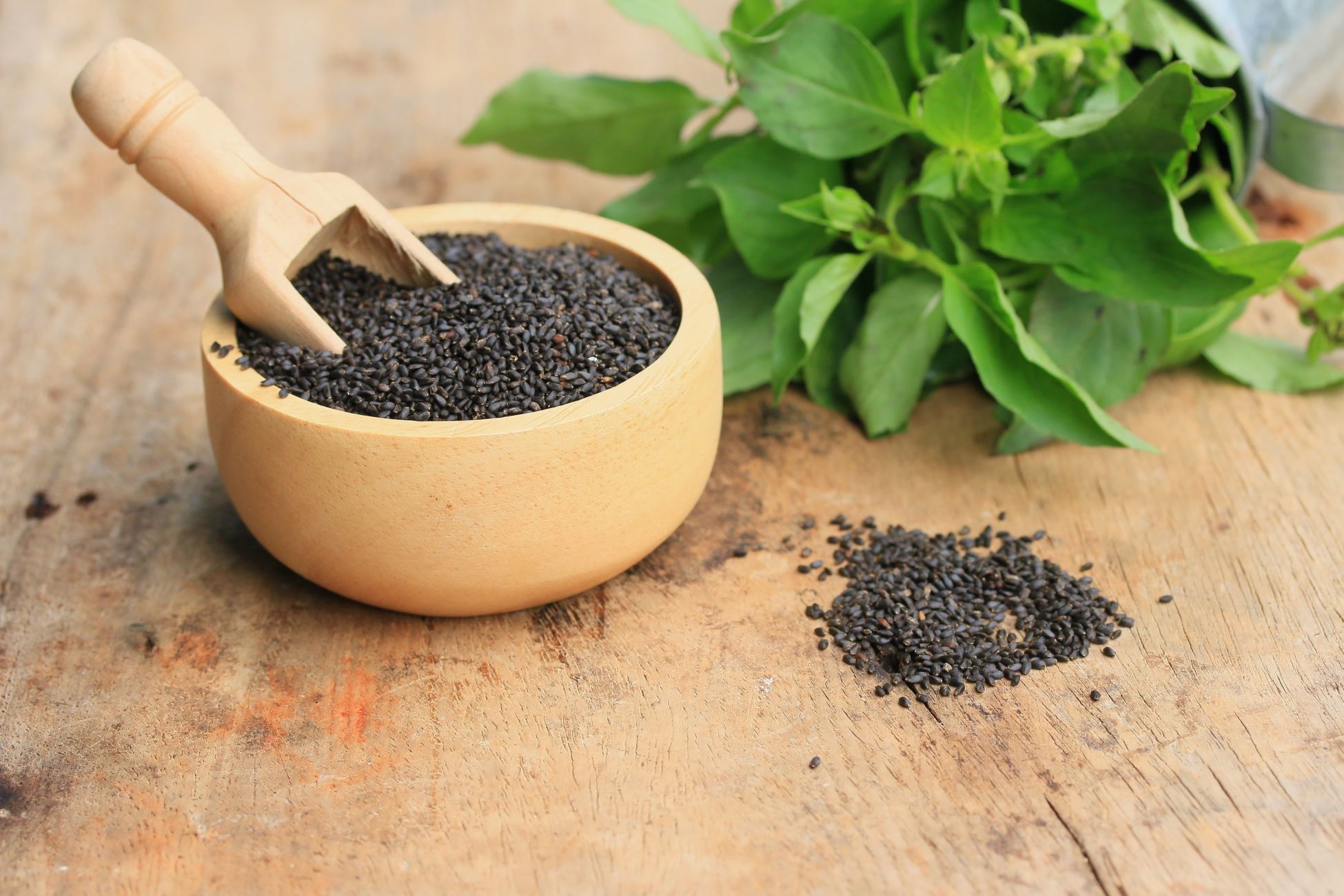
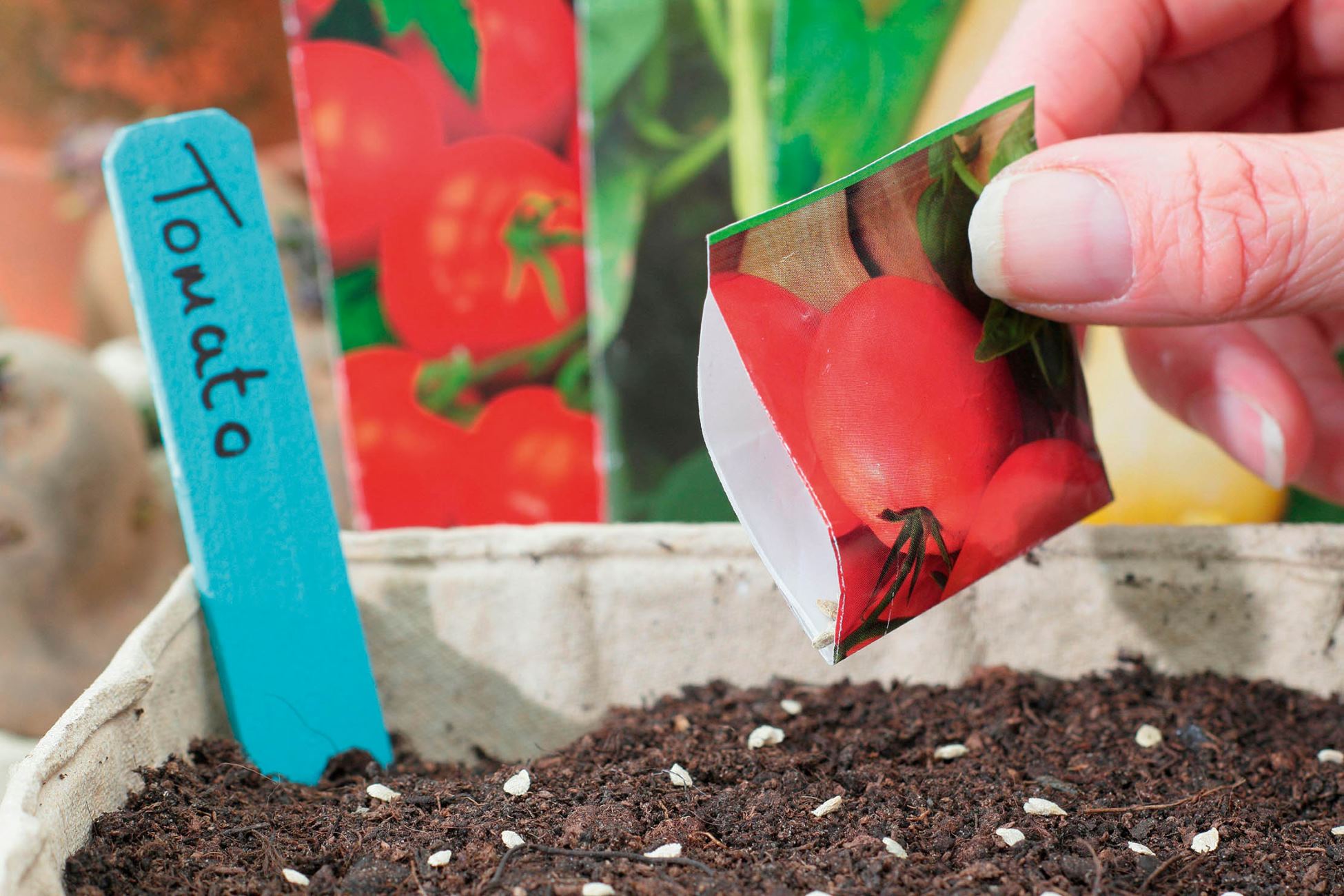
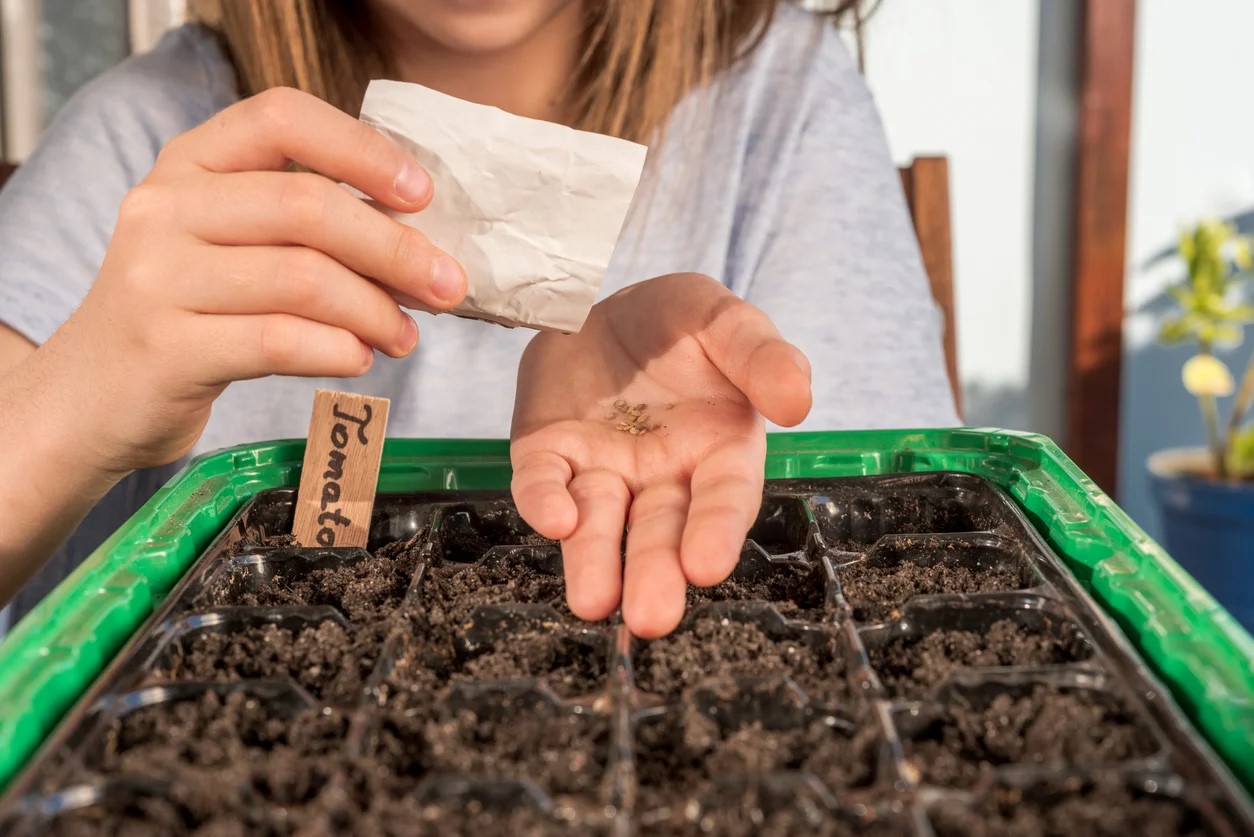
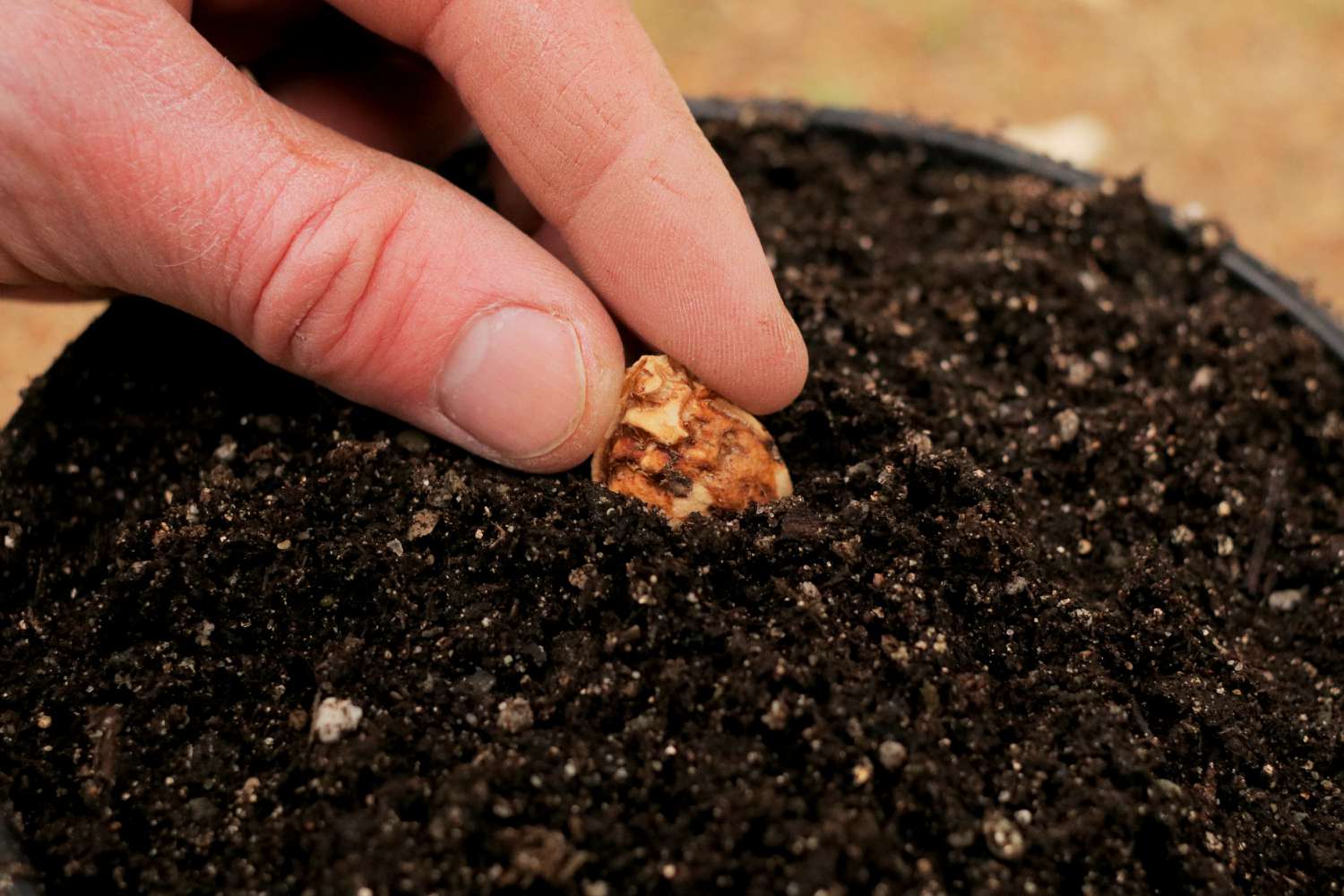

0 thoughts on “How To Get Basil Seeds From Plant”